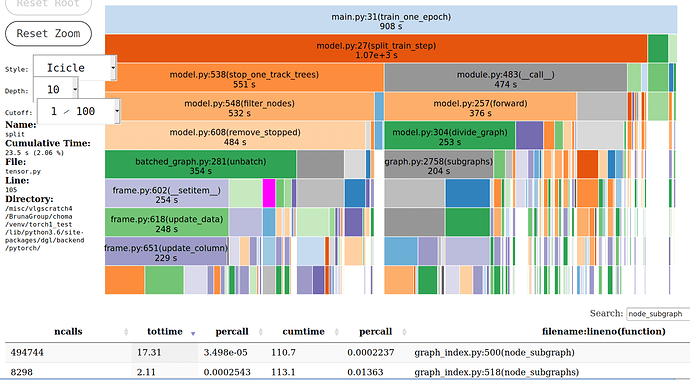Is it possible to speed up either of these operations? I am trying to split about 100k nodes into 10k subgraphs and this operation takes up 95% of my code’s runtime. I have tried to run DGLGraph.subgraphs in parallel with multiprocessing (this would give sufficient speedup), but am getting the following error:
multiprocessing.pool.MaybeEncodingError:
Error sending result: '[[<dgl.subgraph.DGLSubGraph object at 0x7f07fc620278>]]'.
Reason: 'NotImplementedError('SubgraphIndex pickling is not supported yet.',)'

